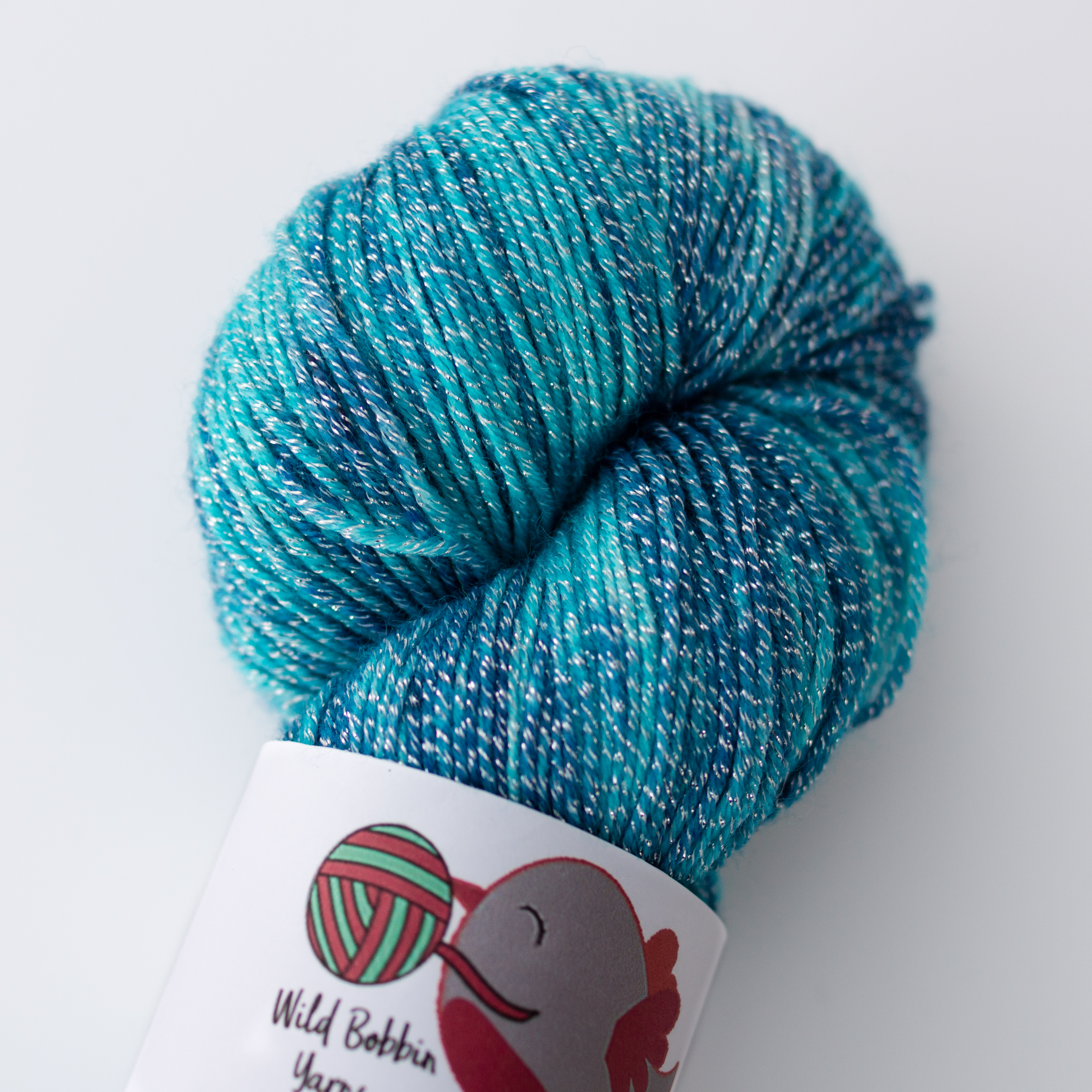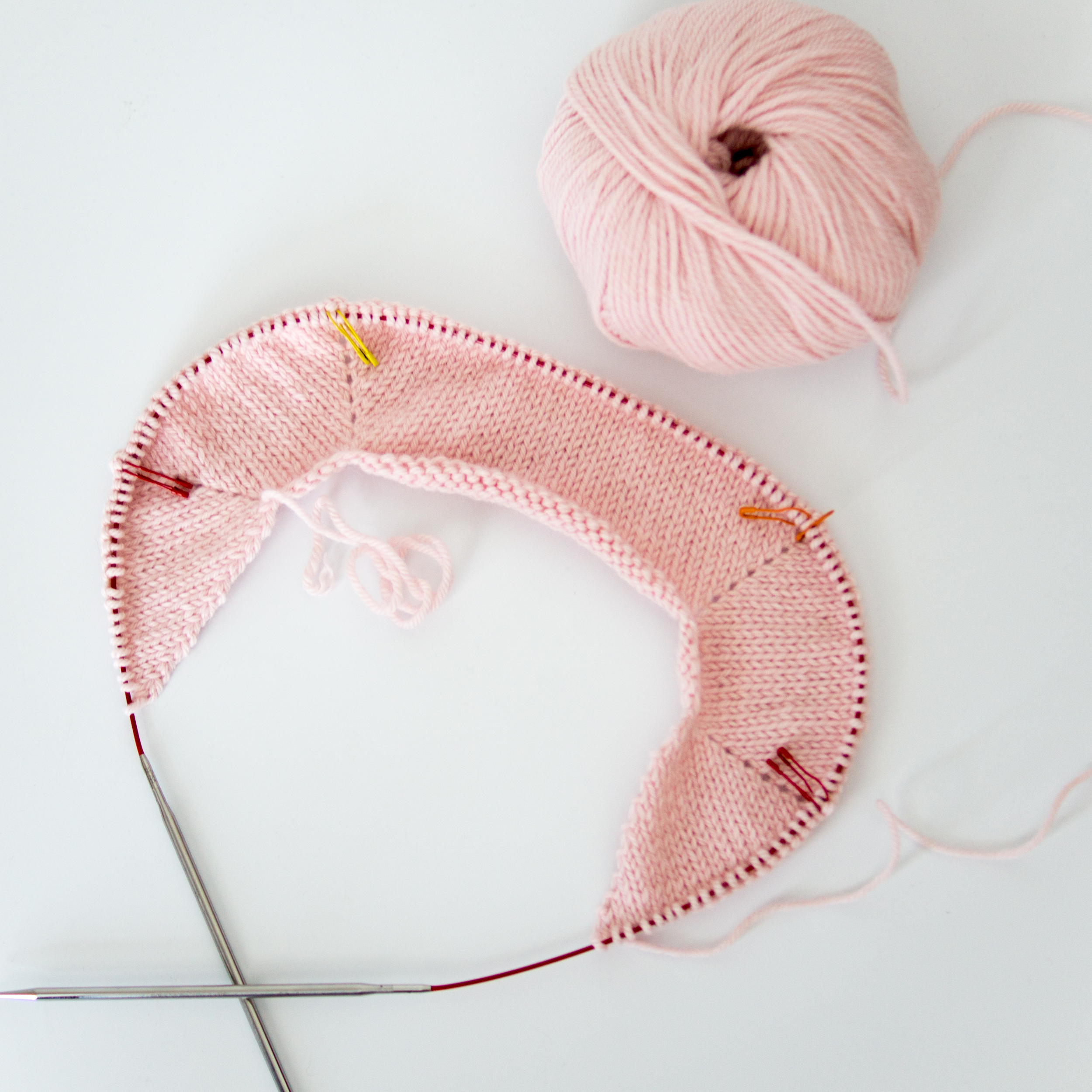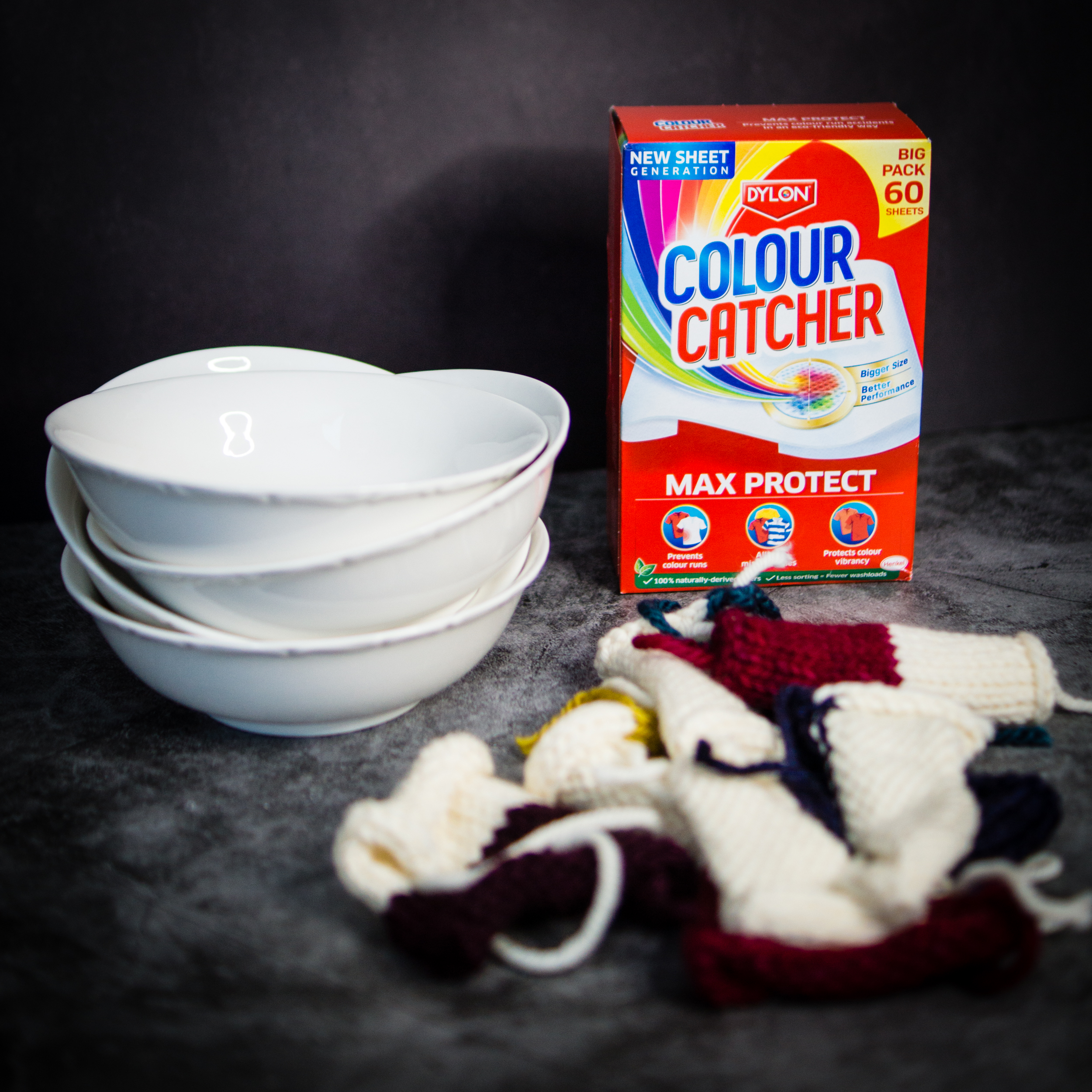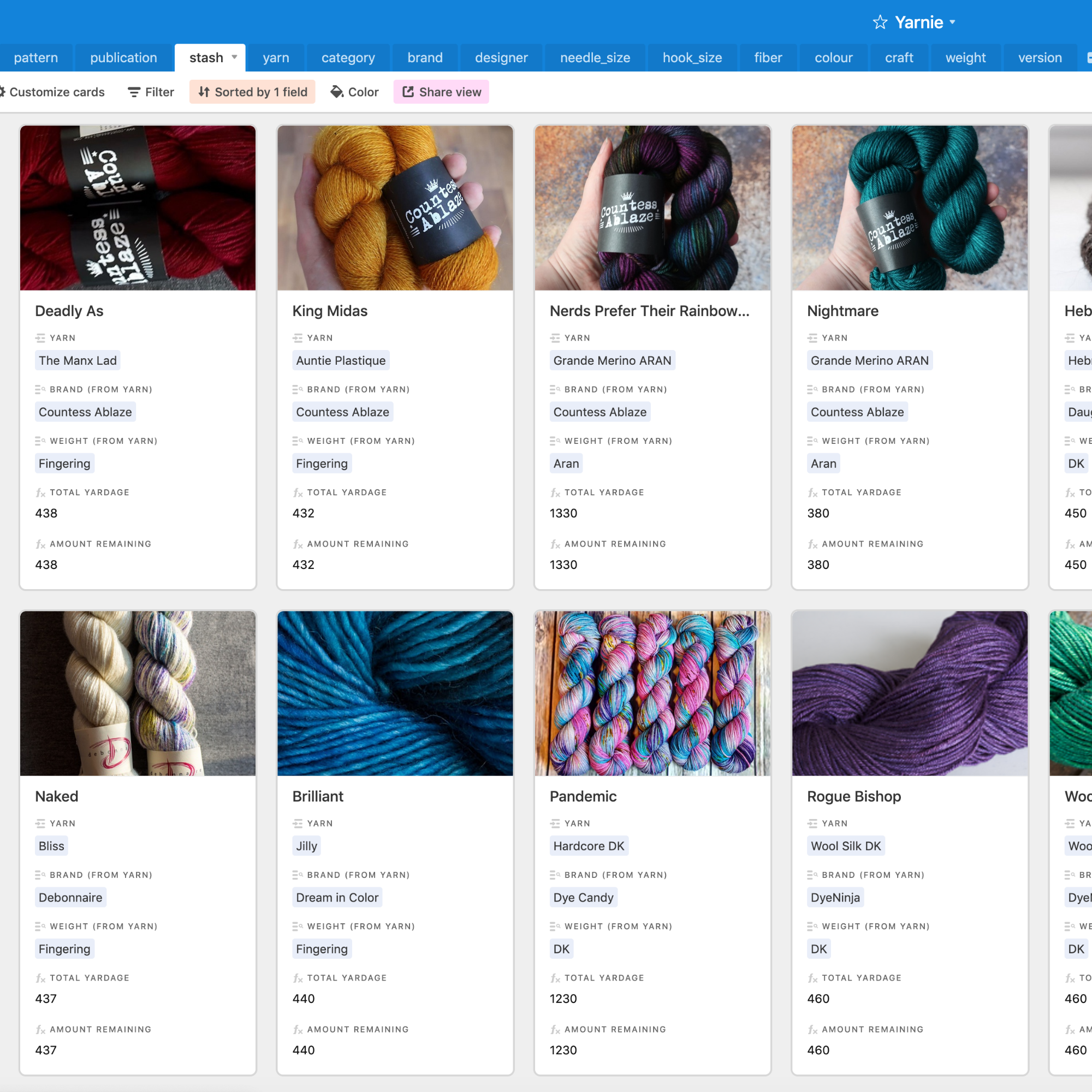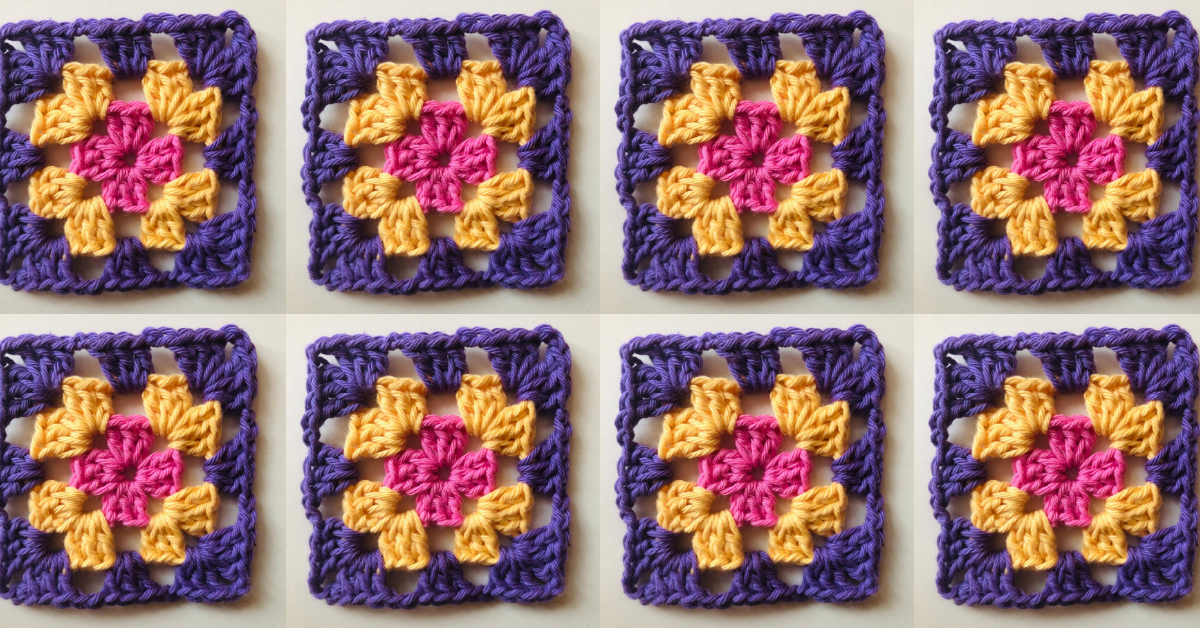Today I want to talk about something a little contentious: blocking.
If you ask a group of knitters whether they block their knits or not, you’re almost guaranteed to get a variety of answers. There’ll be those who look aghast and say of course; those who look aghast and say never!; those who shrug and say sometimes, it depends what it is; those who look confused and ask you what blocking is.
There lies the rub: blocking isn’t really clearly defined, and means different things to different people. For some, any kind of washing and drying knitwear is blocking; for others, it’s not blocking unless you’re using pins and maybe wires to set it into a specific shape.
It’s easy to see how there’s so much disagreement when you put it like that. For someone like me who thinks of blocking as any kind of washing and drying, hearing a knitter say they don’t block their jumpers is like saying they don’t wash their clothes, and of course that’s going to get a reaction! Conversely, someone in the pins-and-wires set hearing that a person goes through that rigamarole every time they wash any kind of knitting is perfectly justified in thinking that sounds a bit over the top.
The truth is that what’s appropriate in order to wash and shape your knits is going to vary based on a few different factors.
In this post I’m going to talk about those factors, and I’ll be following up this post with how-to guides for different blocking methods.
Fibre
The fibre you’ve used plays a big part in determining what’s a suitable approach. As I tend to work with natural fibres – usually wools, or a predominantly wool mix – I do a lot of wet blocking. But this isn’t always appropriate for synthetic fibres, such as acrylic; these often do better with a light steam. Some wools are better off steamed or sprayed, too – superwash treated wools are known to grow quite a bit during blocking, so if that’s something you want to rein in, it’s best to avoid a full on wet blocking.
Alternatively some fibres are happiest chucked in the washing machine – last Christmas I knit a white blanket from some novelty polyester velvet yarn, and it does just fine on a synthetic cycle followed by an airing out on the radiator. If I tried to wet block that… well first, I’d have to do it in the bath; second, I doubt I’d be able to squeeze all the water out without making a very large puddle; third, that sounds like an awful lot of faff when I have a machine to do it for me!
Acrylic gets a special mention here. Some people think that you can’t block acrylic at all, and that’s simply not true. However with some types of blocking (e.g. steam blocking) there’s a risk of over-heating the yarn. This causes it to melt and is known as “killing” it. It is sometimes done intentionally as, when done correctly, it makes the yarn very soft and gives it a wonderful drape.
Technique
The knitting technique you’ve used might affect how you approach blocking. If you’ve used any kind of lace, you’re into pins and wires territory, as you’ll need to hold the finished piece in the desired shape as it dries to let that work really open up. Colourwork sometimes needs help to hold its perfect tension too, and certain shapes of shawls – crescent and half-pi, for example – really look their best when they’ve been firmly told what shape to settle in.
Desired Result
Different blocking techniques – even different techniques within the same method – will give a different effect to your final piece. The clearest example is probably steam blocking acrylic, when a light steam will block your piece “normally” and a heavy steam will “kill” it. Another good comparison is within wet blocking; when I wash my shop-bought knitwear, I just lay it flat to dry, but that’s not enough for things like lace.
Time
Different blocking methods involve drying the piece at different levels of wetness, so they’re going to take different lengths of time to dry. If you’ve got a deadline, that might be a deciding factor for you. Steam blocking is often the quickest, but is very hands-on; wet blocking takes a little bit longer, but most of the time is not spent actively handling the knit; spray blocking is quick to do but takes a long time to dry, because in this situation the yarn is most saturated with water.
In the next weeks I’ll be giving a step-by-step guide to different blocking methods, showing you how I do it and also explaining what all the tools and paraphernalia are for and how to use them.
If this free guide helped you, please consider buying me a coffee.

